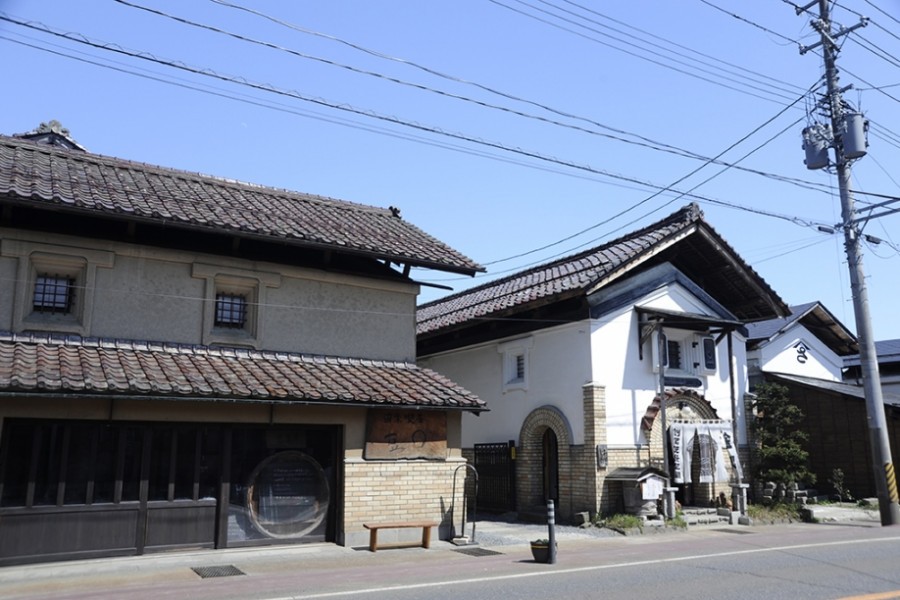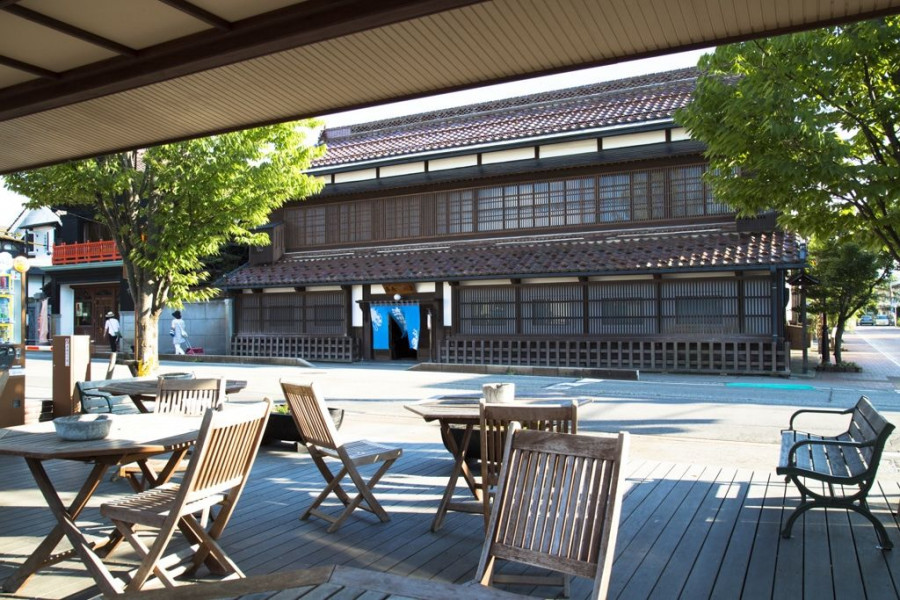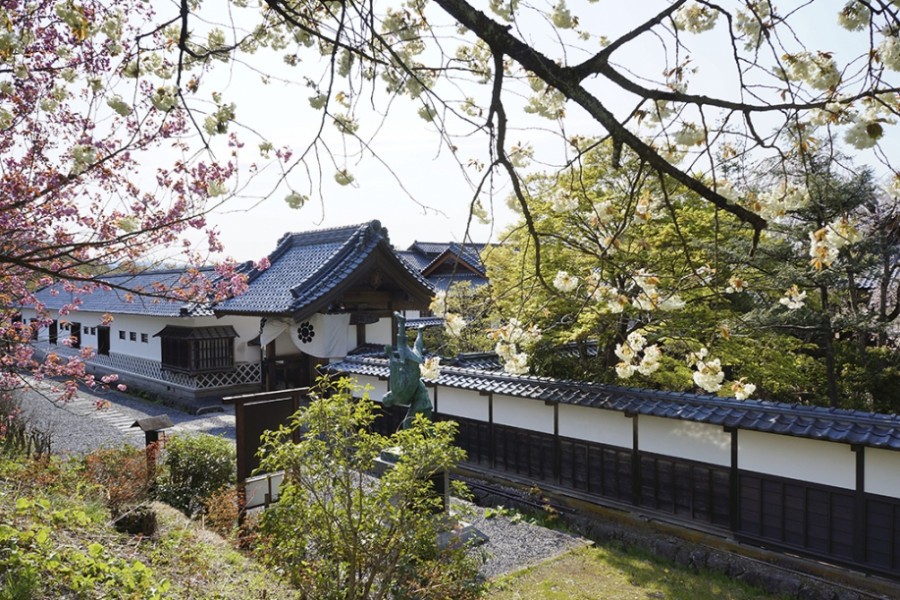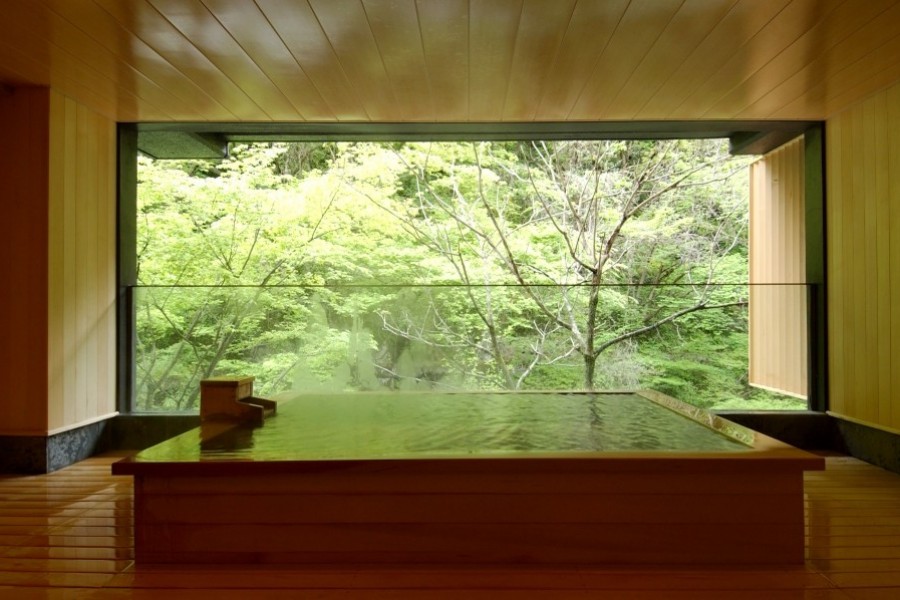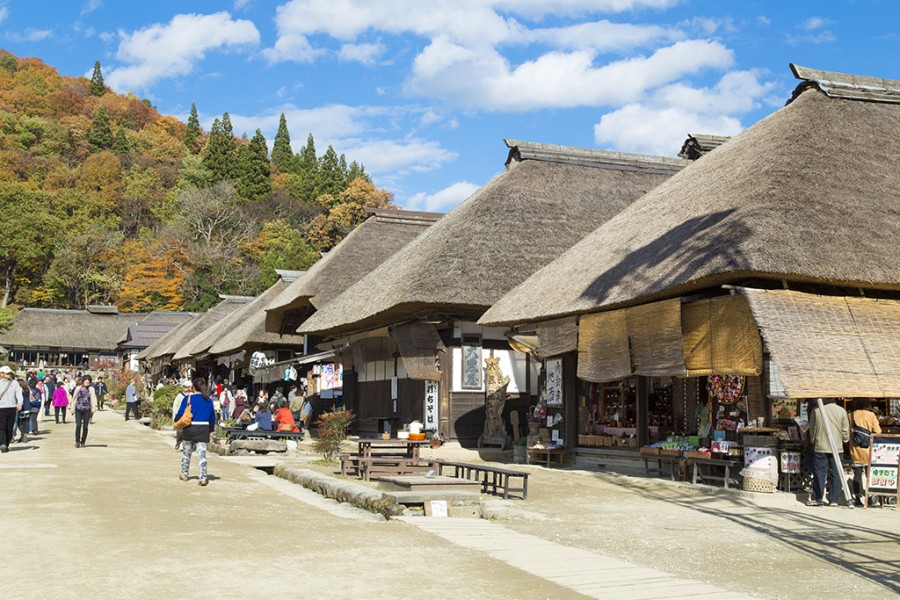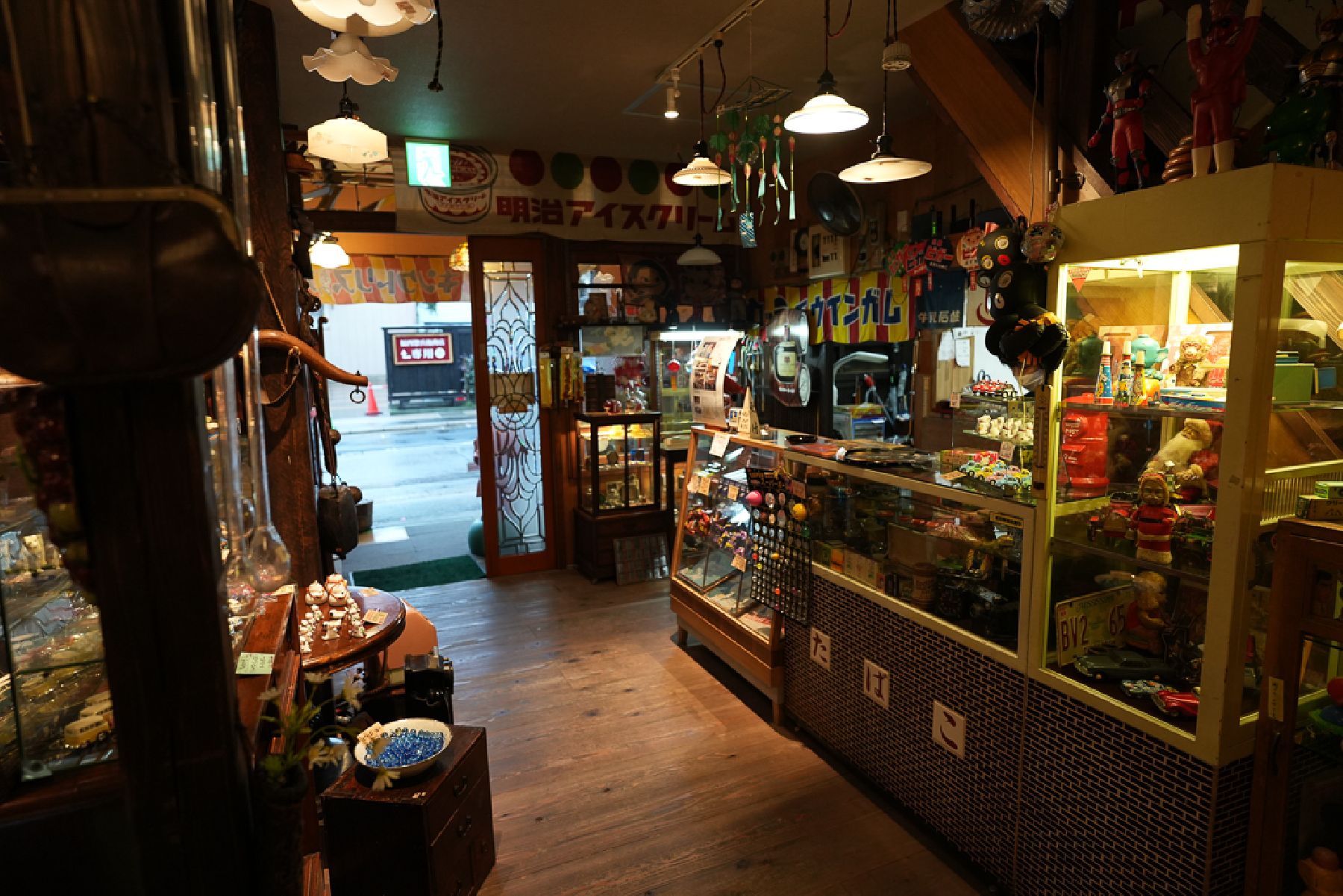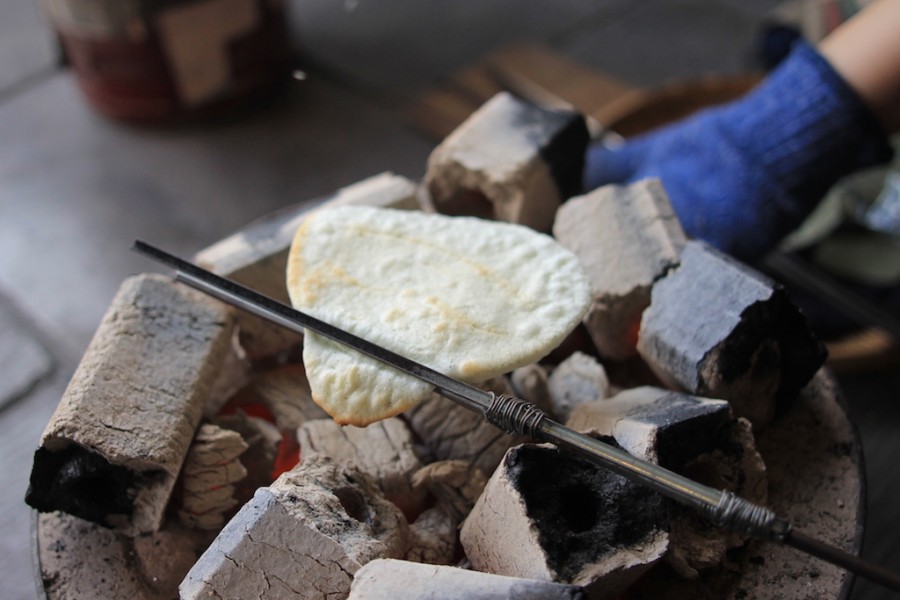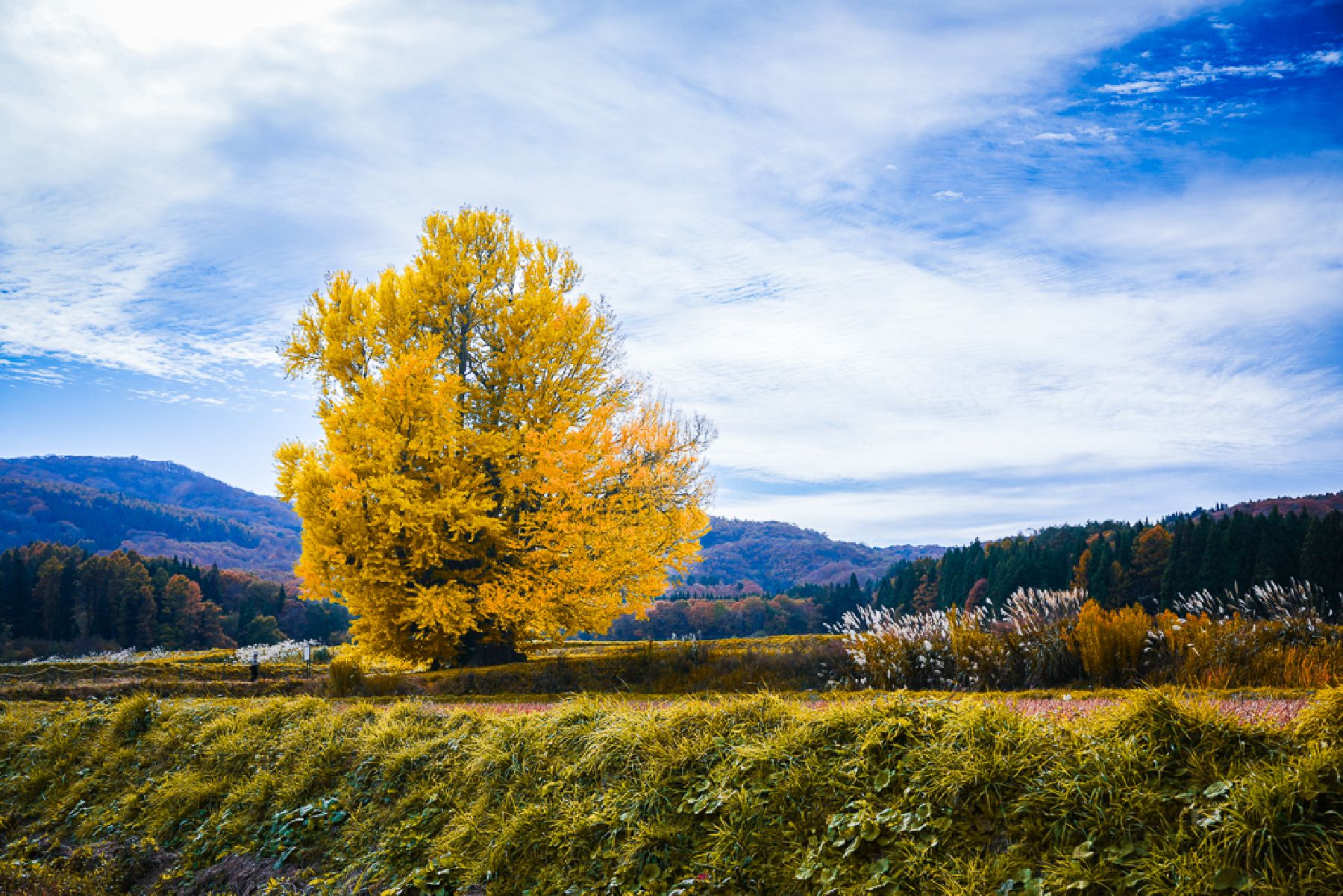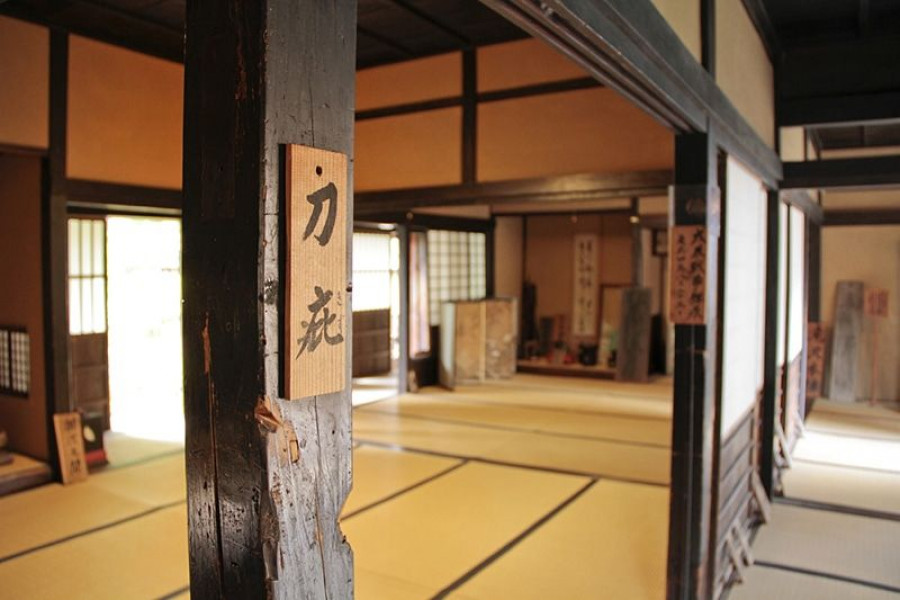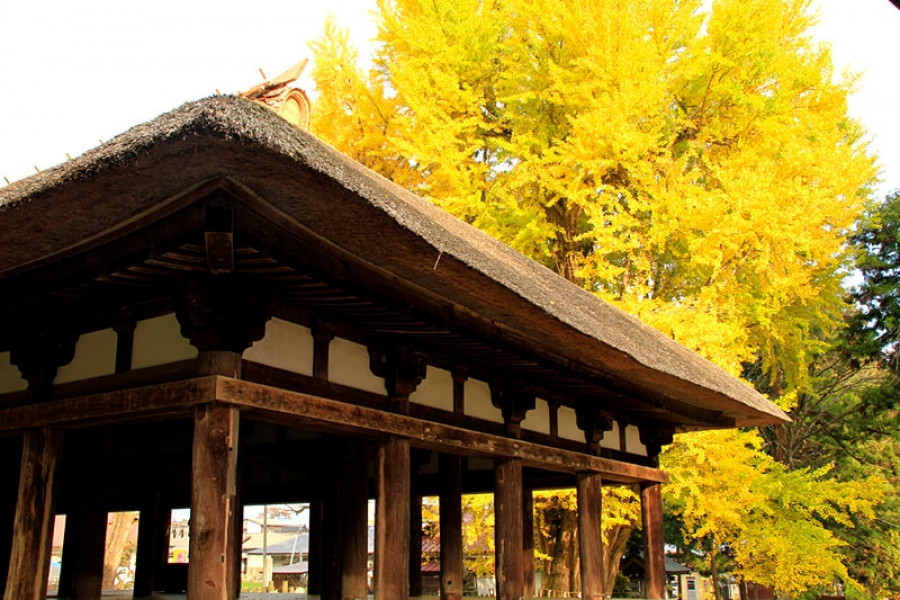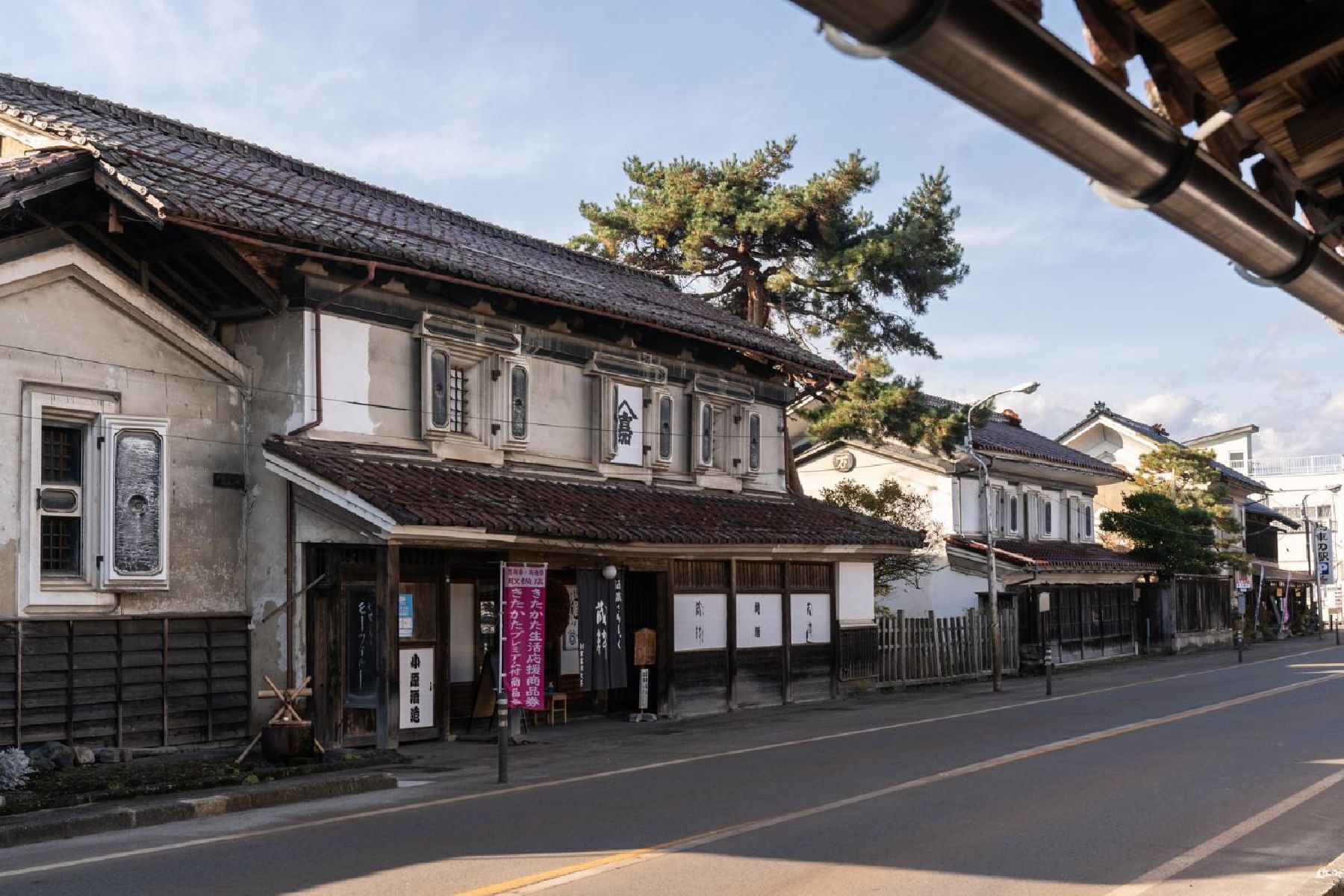The Famous Sights of Aizu
Spend a day traveling to the most famous sights of the Aizu region of Fukushima by train. Begin your trip in Kitakata City, famous for its delicious ramen, sake made from the best quality mountain water, and traditional Japanese crafts. Specializing in the local Kitakata-style, there are more than 100 ramen shops in the area—the most per capita in the world! Kitakata is also famous for horse-drawn carriage tours and the city center where over 4,200 traditional kurazashiki storehouses remain or have been converted into inns, shops, and breweries. You can even visit the local ramen shrine of Kitakata that doubles as a ramen museum. Learn all about this famous and much beloved food. From the Kitakata Ramen Museum travel to Tsurugajo Castle, famed for its beautiful red tiles and the tragic history of the Byakkotai samurai brigade. After a brush with history, move on to the charming shopping street of Nanokamachi-dori Street. There are plenty of wonders and shops for you to explore in the area. Take a few hours to find souvenirs and take photos. You'll be spoiled by the sights and wonder of everything that Aizu has to offer you.
